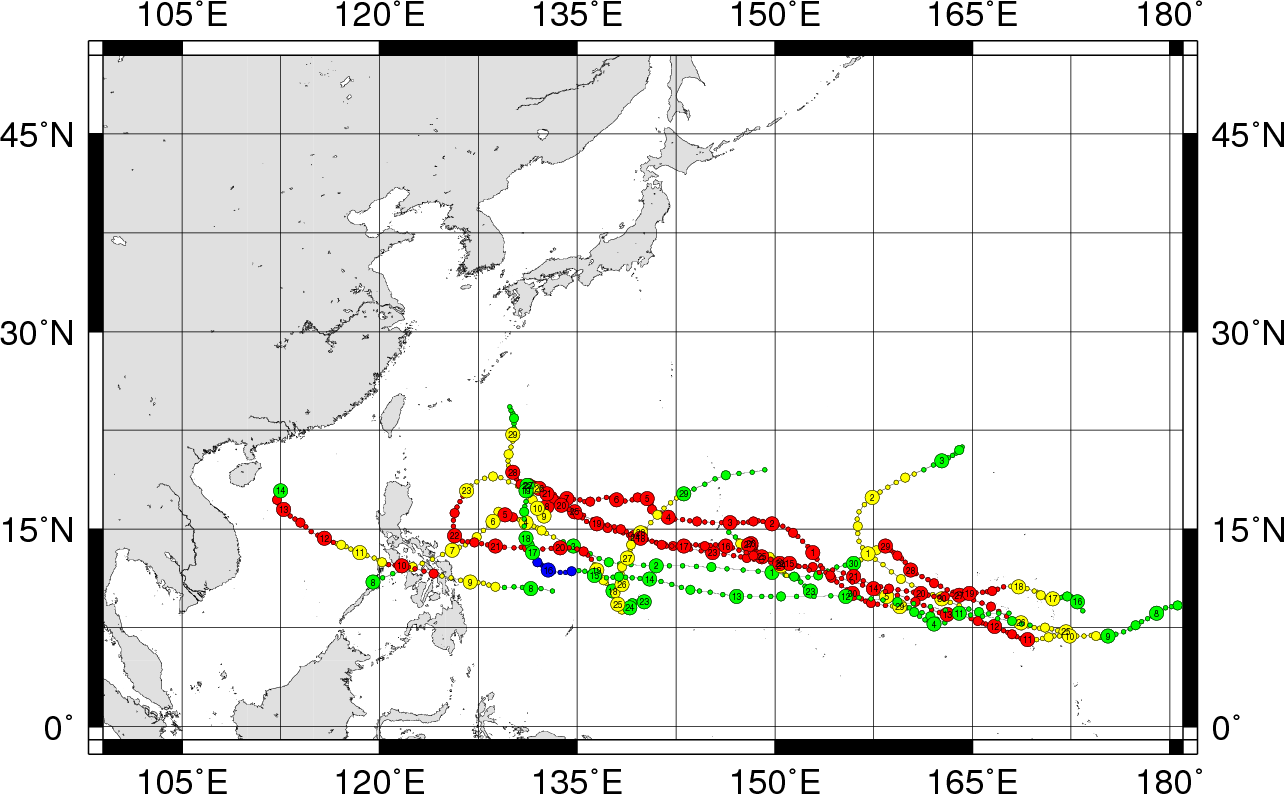19 December 2011
Impacts of Tropical Storm Washi in the Philippines
Posted by Dave Petley
The devastating impacts of Tropical Storm Washi (locally known as Sendong) in the Philippines this weekend have been widely reported. The BBC News website has a good gallery of images of the impact of this event, of which the following is the best I think:
The NDRRMC in the Philippines publishes remarkably detailed reports on the impacts of natural disasters, and the efforts to manage their aftermath. This is the best place to get realistic figures on the impact of the disaster. In terms of the number of missing people at the time of writing, this is somewhat lower than some international agencies are reporting. The statistics are however shocking – 632 killed, 16 injured and 82 people reported missing, 6917 houses damaged. At the end of the report they list the names of the victims, but what is quite worrying here is the number of unidentified bodies – for example in Lanao del Norte 227 bodies are unidentified.
Unsurprisingly, the inquest into why this event had such a large impact has already started, with “a freak storm, poor warning systems, flimsy buildings and human folly” all being blamed. All of these may well be true – it would be interesting to see some detailed aerial imagery of the areas affected, and some details about the rainfall. However, two things should be kept in mind here. The first is that this storm is really unseasonal for the Philippines – the map below shows the tracks for all of the tropical cyclones in the Western Pacific in December from 1978 to 2010 (data and map from Digital Typhoon):
There are only 15 events in December in the entirety of this period, and only two of these made landfall. Thus, the event in itself was quite unusual. A further complicating factor may well have been that the worst of the rainfall, and hence the floods, seems to have been at night, when people are more vulnerable.
The second is that once again this highlights that our classification of tropical cyclones is not fit for purpose, as I have previously noted. The current classification of tropical cyclones is undertaken on the basis of wind parameters, but most of the damage is done by water (floods, storm surges and landslides). So all I can do is repeat my observation made earlier this year:
“So, there seems to me to be an urgent need to do two things. The first is to improve understanding of the range of impacts associated with tropical cyclones, and in particular with respect to rainfall induced disasters. Second, it really is time that we improved the Saffir-Simpson scale to encompass more than wind speed, such that the potential impacts of an impending tropical cyclone can be properly assessed. This is clearly not a trivial task, but it would seem to be an urgent research need.”
Proper classification and forecasting of this hazard is an essential first step towards reducing the consequences associated with it.




 Dave Petley is the Vice-Chancellor of the University of Hull in the United Kingdom. His blog provides commentary and analysis of landslide events occurring worldwide, including the landslides themselves, latest research, and conferences and meetings.
Dave Petley is the Vice-Chancellor of the University of Hull in the United Kingdom. His blog provides commentary and analysis of landslide events occurring worldwide, including the landslides themselves, latest research, and conferences and meetings.
[…] floods in the Philippines that resulted from the intense rainfall associated with the passage of Tropical Storm Washi a week ago has rapidly faded from the headlines. However, the death toll continues to rise […]